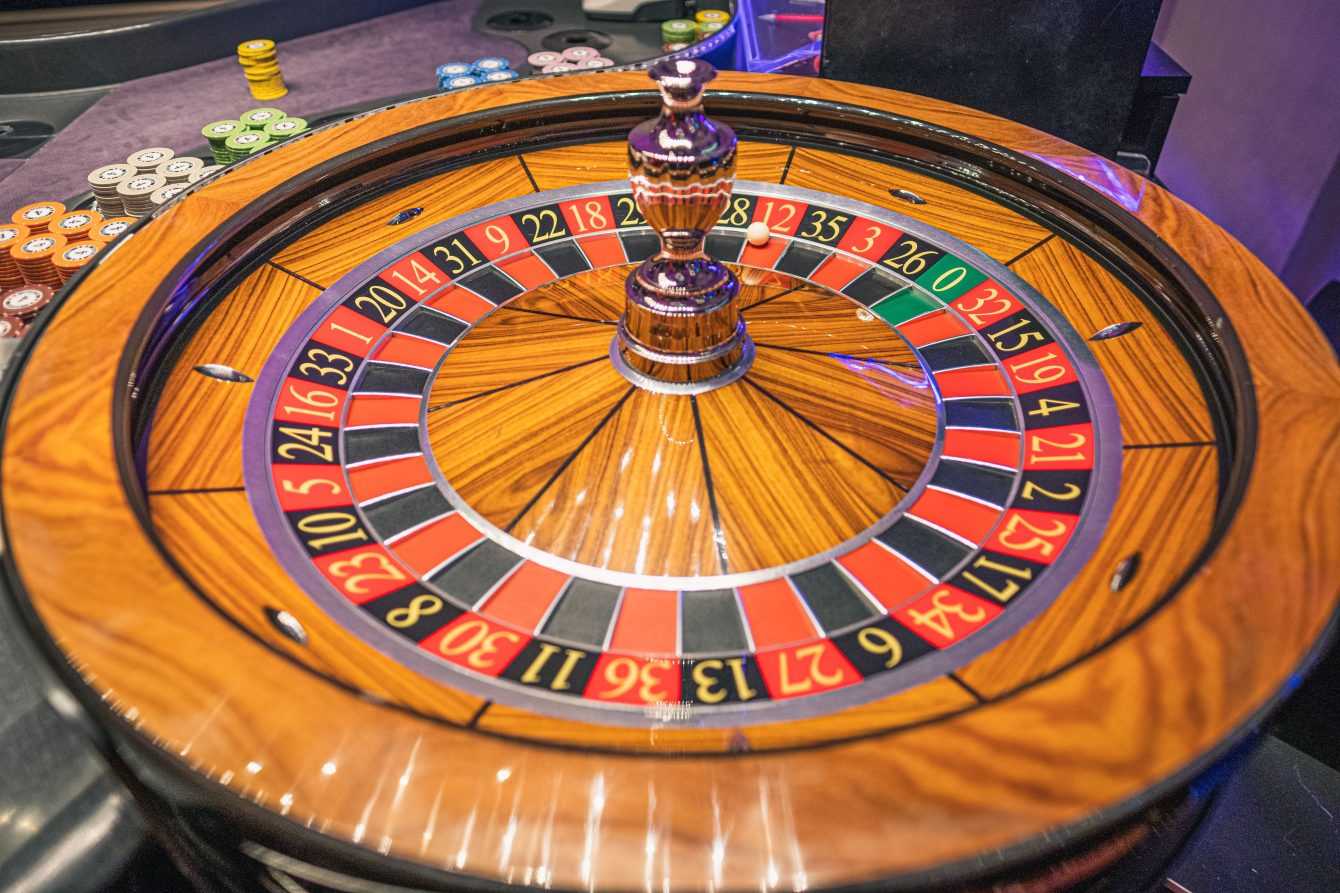From Ancient Rome to contemporary times: the history of gambling in our beautiful country has ancient origins, let’s discover them together on this journey
Italy, known for its rich history, cultural treasures and architectural wonders, has witnessed a historical gamble that reaches beyond the sands of time. From the grandeur of the Colosseum to the allure of modern casinos, this article explores the fascinating journey of gambling in Italy, which spans centuries and embraces a dynamic blend of tradition and innovation.
Ancient Rome: games of chance amidst gladiatorial grandeur
As we begin this historical journey, it is fitting to begin with Ancient Rome, a period characterized by grand spectacles and the legendary Colosseum. As gladiatorial combat took center stage, games of chance were also widespread in the city that once dominated an empire. Gambling, in various forms, was part of Roman society, offering citizens and nobles the chance to challenge fate.
Dice games, in particular, were extremely popular during this era. Romans participated in various betting activities, from simple dice games to more elaborate bets on chariot races and gladiator fights. The dichotomy between risk and reward inherent in gambling was reflected in the unpredictability of life in Ancient Rome.
Middle Ages: dice and cards in the Italian States
As the Middle Ages unfolded, the spirit of gambling persisted in Italian society. In the Italian states of Florence, Venice and Genoa, games of chance continued to capture the attention of the population. Dice games, played in public squares and private settings, became a symbol of social interaction and leisure.
The advent of playing cards in Italy in the 14th century further enriched the gambling landscape. While the exact origins of playing cards are a matter of debate, there is consensus that Italy played a vital role in the development. From the sumptuous courtyards of Milan to the bustling markets of Naples, playing cards became a common pastime, laying the foundation for card games that persist today.
Splendor of the Renaissance and the phenomenon of lotteries
The Renaissance brought a renewed focus on the arts, sciences, and cultural sophistication, but also saw the emergence of the lottery phenomenon in Italy. In the 16th century, lotteries were established as a means of financing public works, including the construction of iconic structures such as the Palazzo della Ragione in Milan.
Lotteries became a widespread form of public entertainment, capturing the imagination of Italians from all walks of life. The allure of winning substantial prizes attracted participants from different social classes, making lotteries a unifying force in Italy’s diverse society.
The Unification of Italy and the regulation of gambling
As Italy advanced towards unity in the 19th century, the different gambling practices in its regions began to coalesce. With unity came efforts to regulate and standardize gambling activities. The government sought to strike a balance between preserving the cultural heritage of gambling and addressing the potential social problems associated with uncontrolled gambling.
In 1927, the Italian government introduced comprehensive legislation to regulate gambling, which included the establishment of a national lottery. The goal was to channel gambling revenue into public coffers, while mitigating the risks associated with uncontrolled gambling practices.
Post-war rebirth: the birth of casinos
The post-war period brought a rebirth of Italy and with it a revival of interest in gambling. In the 1950s, the legalization of casinos occurred, marking a significant break from the more traditional forms of gambling prevalent in the country. The allure of elegant venues, iconic games such as roulette and blackjack, and the promise of lavish entertainment attracted a new wave of customers.
Venice, with its timeless charm, became home to one of the first legal casinos in Italy, the Casino di Venezia, in 1638. This historic venue, with its sumptuous architecture and prestigious ambiance, set the stage for the modern casino experience in Italy.
The modern era: casinos and online gambling
In the second half of the 20th century and into the 21st century, the Italian gambling landscape continued to evolve with the introduction of modern casinos and the advent of online gambling. The Italian government, recognizing the potential economic benefits, has further embraced and regulated these developments.
Italy’s growing casino industry has expanded to include destinations such as Sanremo, Campione d’Italia and Saint Vincent, each offering a unique blend of entertainment and gaming sophistication. The attractiveness of these places, combined with the convenience of the best betting sites, has attracted a diverse range of customers, from fun-seeking residents to international tourists eager to experience Italy’s gaming culture.
Contemporary challenges and responsible gambling
While the history of gambling in Italy has been marked by evolution and adaptation, it is not without challenges. The growth of online gambling, while offering unprecedented accessibility, also brings concerns related to abuse and responsible gambling. The Italian government has responded with measures to promote responsible gambling, including advertising restrictions and self-exclusion programs.
The delicate balance between the preservation of cultural traditions and the adoption of innovation is an ongoing challenge for the gambling industry in Italy. Finding a harmony that ensures economic benefits while protecting people from the potential harms of excessive gambling remains a priority.
Conclusion: a bet through time
From the grandiose Colosseum in Ancient Rome to the modern elegance of Italy’s casinos, the history of gambling in Italy is a fascinating tale of cultural evolution. The dice games of Ancient Rome, the playing cards of the Renaissance, the lottery phenomenon and the establishment of casinos have all contributed to the diversity and rich heritage of Italian gambling.
As Italy continues to navigate the intersection of tradition and innovation in its gambling landscape, it serves as a microcosm for the global conversation surrounding responsible gambling. Gambling through time, from the Colosseum to casinos, reflects the human penchant for risk, reward and the relentless pursuit of entertainment.
















Leave a Reply
View Comments